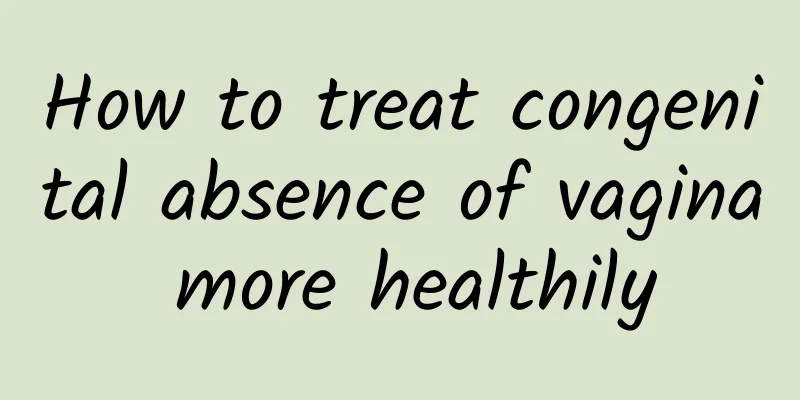Surgical cure rate of cervical precancerous lesions

|
Clinical follow-up observations show that it takes about 10 years for general cervical precancerous lesions to develop into cervical precancerous lesions. From this perspective, cervical precancerous lesions are not terrible, they are a preventable and curable disease. The key to prevention and treatment is to conduct regular gynecological examinations, detect and treat cervical precancerous lesions in a timely manner, and stop their development into cervical precancerous lesions. If prevention and control measures can be implemented, the cure rate of cervical precancerous lesions is very high. For a long time, the treatment of patients with cervical precancerous lesions has been based on the treatment model of "radiotherapy as the main method, early surgery, and chemotherapy is useless". This is because radiotherapy for patients with cervical precancerous lesions is not only very effective, but also has no surgical risks and can be used in all stages; while surgical treatment is only suitable for early stage patients; the effect of chemotherapy is even more unsatisfactory. However, long-term clinical practice has confirmed that radiotherapy alone is not effective for patients with larger cancer lesions. In addition, radiotherapy can damage the ovaries and vagina, causing women to lose their sexual and reproductive abilities. It is necessary to explore new treatment methods, and neoadjuvant chemotherapy came into being at this time. Neoadjuvant chemotherapy for cervical precancerous lesions refers to chemotherapy before surgery, which can reduce the size and scope of the tumor, reduce the tumor stage, and allow patients who were previously unable to undergo surgery to regain the opportunity for surgery while preserving ovarian function. If the patient's vagina is removed too much, vaginal lengthening surgery can also be performed to improve their quality of life. Currently, the commonly used chemotherapy regimen is mainly a combination of platinum-based drugs. Therefore, for young and middle-aged patients who still have sexual life or have fertility needs, a new treatment model of "surgery first, preoperative chemotherapy, and preservation of function" can be implemented. However, the specific treatment plan should be selected according to the clinical stage. For example, extrafascial hysterectomy or sub-radical hysterectomy can be performed in stage Ⅰa; for young patients with cervical precancerous lesions in stage Ⅰa and some stage Ⅰb1 who want to retain fertility, cervical radicular resection plus lymph node dissection can be performed, so that only the cervix is removed while the uterus, fallopian tubes, and ovaries are preserved. In this way, 1/3 of the patients can have children within 1 year, and 2/3 of the patients can enjoy the joy of being a mother within 3 years. However, if the patient is in a very advanced stage, it is not recommended to use very drastic treatments that will cause great pain to the patient, because at this time the possibility of recovery is very small. Not only can drastic treatments not improve the patient's survival, but they also seriously affect their quality of life. At this time, mild treatment is the basis for the patient's recovery. DD patients live with tumors for a period of time while waiting for the emergence of new treatments. Keep in touch with the doctor frequently, and continue treatment once a new opportunity is found, so as to get the best treatment effect. |
<<: Can CIN3 precancerous lesions be completely cured?
>>: Cure rate of mild cervical precancerous lesions
Recommend
People who are suitable for medical abortion
Women with unexpected pregnancy can use artificia...
What causes cervical erosion?
Cervical erosion is a problem that many female fr...
What are the common symptoms of vulvar leukoplakia?
The symptoms of vulvar leukoplakia are what many ...
What are the examination items for spontaneous abortion?
After a miscarriage, you should rest well to reco...
How to treat pelvic inflammatory disease
The treatment of pelvic inflammation generally re...
Don’t let your guard down in preventing Bartholinitis
Only by understanding Bartholinitis can you reduc...
Sit-ups hurt your lumbar spine! Do "crunches" instead to train your abdominal muscles
In order to slim down their belly and train their...
What are the symptoms of ovarian cysts?
What are the symptoms of ovarian cysts? Ovarian c...
Symptoms of mild cervical precancerous lesions
It usually takes 6 to 8 years for cervical precan...
What medicine is used for vulvar itching
Vulvar itching is a common symptom of gynecologic...
Can eating basil candy help you lose weight? Child prodigy lost 23 kg, are these five foods the key?
What should I do if I love snacking but want to l...
I am full term and my stomach hurts like menstruation.
If you feel a dull pain in your abdomen like mens...
Will long-term vaginitis turn into cancer?
Vaginitis is a common gynecological disease, main...
How to regulate irregular menstruation in 18-year-old girls? Common examination methods for irregular menstruation in girls
What to do if you have irregular menstruation at ...
How to use medicine for medical abortion
Nowadays, the social atmosphere is corrupt. Many ...









